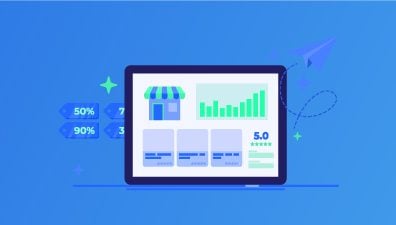In the ever-evolving landscape of content management systems (CMS), the concept of headless CMS has emerged as a game-changer. Headless CMS offers a flexible and scalable approach to content management, empowering businesses to deliver content seamlessly across multiple channels and devices. Throughout this article, we dive into various headless CMS example, each with its unique strengths and use cases. From well-known platforms like Contentful, Strapi, and Sanity to lesser-known gems like Bloomreach and LexasCMS, we will explore the features, functionalities, and industries where these headless CMS shine brightest.
Whether you are a developer seeking a more flexible architecture, a marketer looking to enhance content personalization, or a content editor eager to streamline your workflow, headless CMS has something to offer. In the headless CMS examples, we showcase how these CMS platforms empower businesses of all sizes and industries to create engaging, personalized, and dynamic digital experiences.
Table of Contents
10 Best Headless CMS Example
Contentful
Contentful is a powerful headless CMS that offers a range of features and functionalities suitable for various use cases and industries.
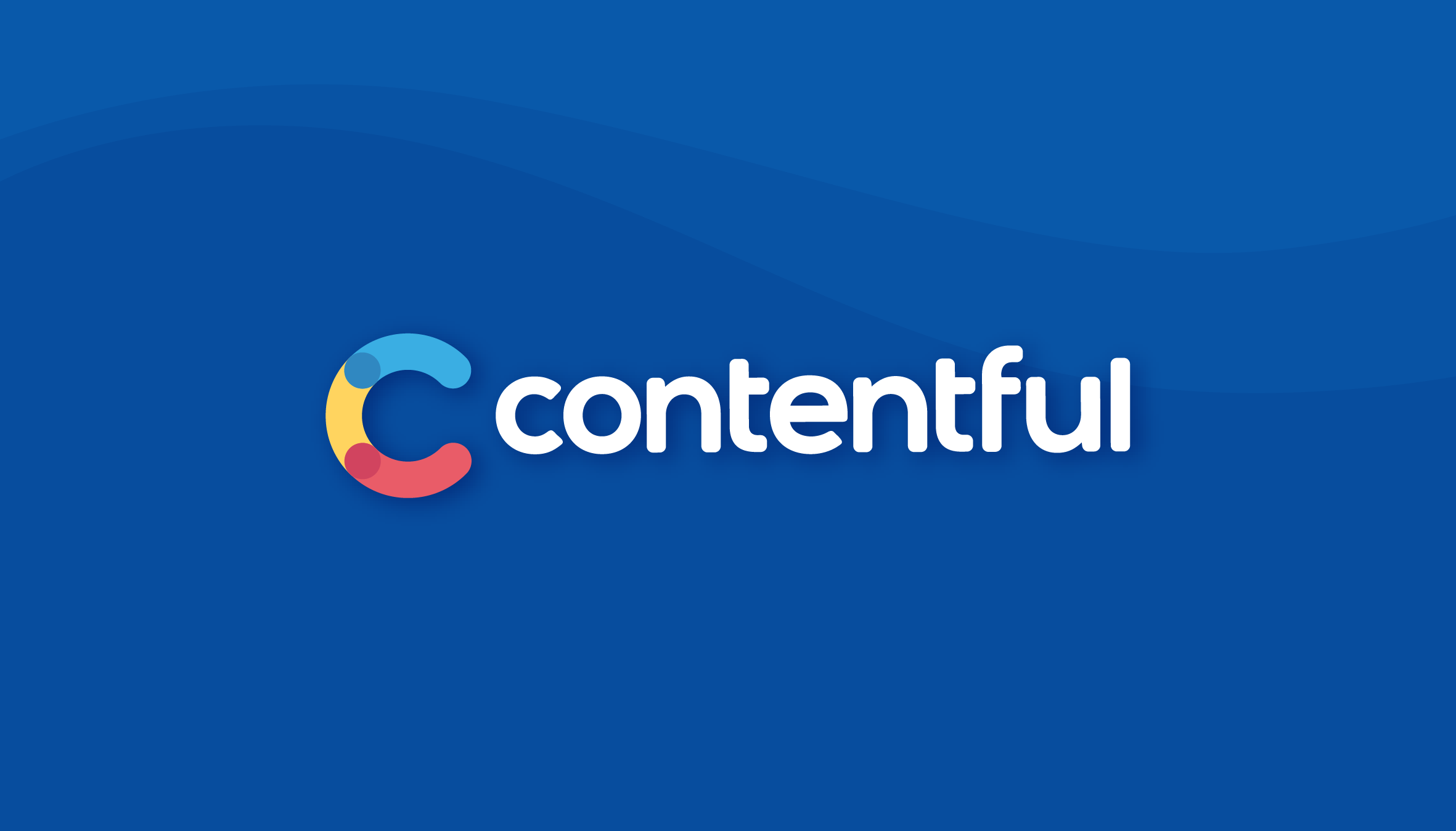
Some notable features of Contentful include:
- Content Modeling and Management: Contentful provides a user-friendly interface for creating and structuring content. Users can define custom content types, add fields, and organize content hierarchically.
- API-Driven Approach: Contentful follows an API-first approach, offering both RESTful and GraphQL APIs for retrieving content. This enables developers to fetch content programmatically and easily integrate it into various platforms, such as websites, mobile apps, and IoT devices.
- Localization and Internationalization: Contentful supports managing and delivering content in multiple languages. It allows content authors to create locale-specific variations and translations, making it ideal for businesses targeting global markets.
- Versioning and Content History Tracking: With Contentful, you can keep track of content versions and changes. This allows for easy rollback to previous versions if needed and provides an audit trail of content modifications and user actions.
- Content Preview and Staging Environments: Contentful enables content editors to preview their changes before publishing them. It also supports the creation of staging environments, allowing teams to test and approve content updates before they go live.
- Integration Capabilities: Contentful offers seamless integration with third-party services and tools, such as eCommerce platforms, analytics solutions, and customer relationship management systems. This allows for the creation of comprehensive digital experiences by leveraging external services.
- Customization and Extensibility: Contentful provides flexibility for developers to customize and extend its functionality. You can build custom front-end applications using Contentful’s APIs and software development kits (SDKs). It also offers options for customizing workflows, user roles, and permissions.
- Fast and Scalable Content Delivery: Contentful utilizes Content Delivery Networks (CDNs) to ensure fast and reliable content delivery, even in remote locations and under high load. This helps optimize the performance of websites and applications powered by Contentful.
Contentful has found success across various industries and use cases. It has been widely adopted by eCommerce websites, mobile application development, digital marketing campaigns, IoT platforms, and organizations requiring multichannel content distribution.
With Contentful, organizations can streamline their content management processes, create personalized digital experiences, and deliver content seamlessly across platforms. Its versatility, powerful features, and ease of use make Contentful a standout example of a headless CMS driving innovation in modern web development.
Strapi
Strapi is a powerful headless CMS example that has gained popularity for its flexibility and extensibility.
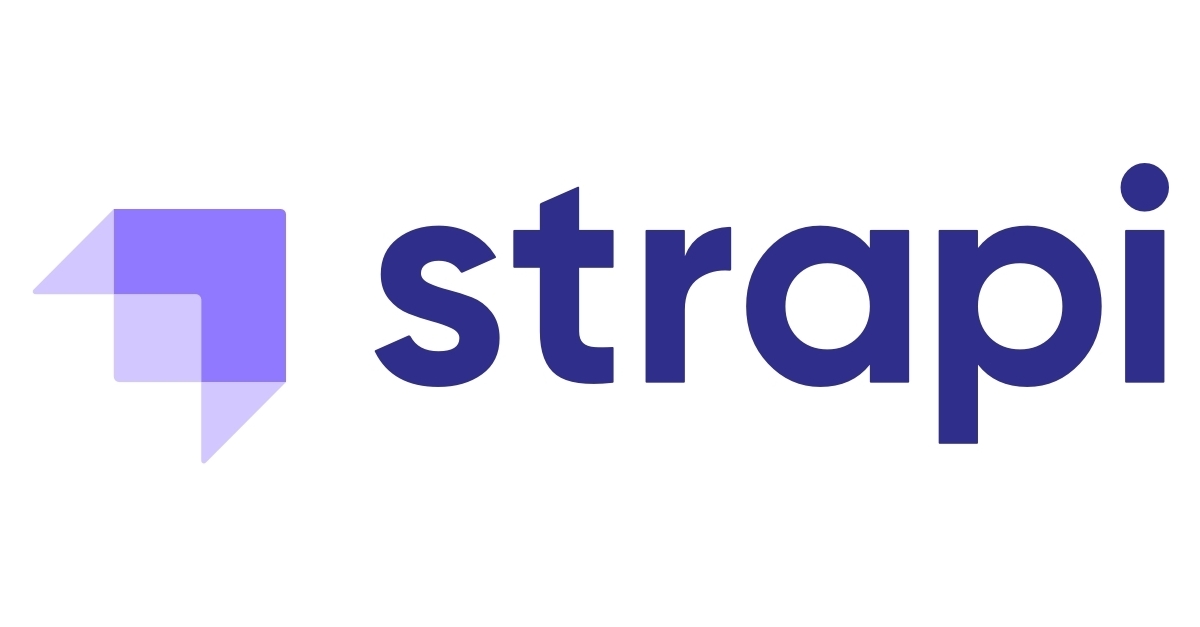
It provides developers with a user-friendly interface and a range of features to create custom content management systems tailored to their specific needs.
- Custom Content Structures: Developers can define content types and add fields to capture various types of data, such as text, images, files, and relationships. This flexibility allows developers to design content models that align with their application’s requirements, enabling them to build highly customized CMS solutions.
- API-First Approach: Strapi follows an API-first approach, offering a RESTful API out of the box. Developers can quickly build APIs to access content programmatically and integrate it with their applications or websites. In addition, Strapi also supports GraphQL, providing efficient data querying and manipulation capabilities for developers who prefer a more flexible and expressive query language.
- Role-Based Access Control (RBAC): It allows developers to define user roles and permissions, ensuring that content authors and administrators have appropriate access levels. RBAC enhances security and helps maintain content integrity by controlling who can perform certain actions on the CMS.
- Content Localization: Strapi supports content localization, making it easy to create multilingual content. Content authors can create translations for different languages within the same content entry, enabling the creation of localized experiences for global audiences. This feature is particularly beneficial for applications or websites targeting diverse language-speaking markets.
- Webhooks and Integrations: Webhooks enable developers to trigger custom actions or integrations based on specific events or content updates within the CMS. Additionally, Strapi offers a wide range of integrations with popular tools, such as payment gateways, analytics platforms, and marketing automation systems. This extensibility allows developers to connect Strapi with their preferred third-party services and enhance the CMS’s capabilities.
- Content Versioning and Drafts: Developers and content authors can track changes, compare versions, and revert to previous versions if needed. Drafts allow content authors to work on content updates without affecting the live version until ready for publication, facilitating collaborative content creation and editing.
- Scalability and Performance: the crucial aspects of any CMS, and Strapi excels in this regard. It can handle high traffic loads and scale horizontally as the application grows. Strapi supports caching mechanisms and optimized database queries to ensure fast and efficient content delivery to end users.
Strapi is often chosen by developers who require a high level of customization and control over their content management systems. It is particularly well-suited for building web and mobile applications, eCommerce platforms, and content-heavy websites.
By leveraging Strapi, developers can create tailored content management solutions that meet the specific requirements of their projects. Its flexible content modeling, extensive API capabilities, and integrations make Strapi an excellent example of a headless CMS empowering developers to build scalable and customized content management systems.
Sanity
Sanity is a headless CMS example that offers developers a highly customizable and flexible platform for managing content.
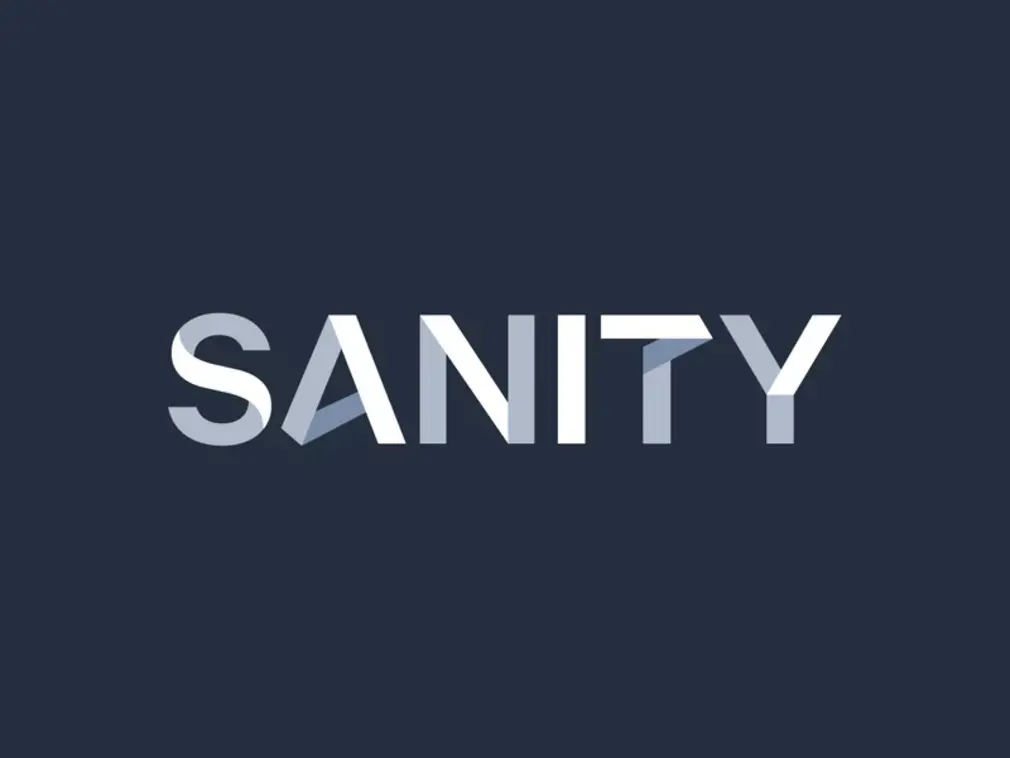
It stands out for its collaborative features, real-time updates, and ease of use.
- Real-time collaboration and version control: Multiple team members can work simultaneously on the same content, with changes being reflected instantly. This promotes seamless teamwork and eliminates conflicts. Additionally, Sanity provides version control, allowing users to track changes, compare revisions, and revert to previous versions if needed.
- Structured content and customizable schemas: Developers can define custom content models using Sanity’s schema editor, specifying fields, relationships, and validations. This ensures consistency and organization of content across the application. The flexibility to tailor content structures to specific project requirements is a significant advantage offered by Sanity.
- GraphQL and REST APIs for content delivery: These APIs allow developers to retrieve content programmatically, enabling efficient data querying, filtering, and sorting. Developers have the flexibility to choose their preferred API approach based on their application’s needs, providing seamless integration with front-end frameworks or applications.
Sanity is highly suitable for content-heavy applications and websites, where structured content and collaborative workflows are essential. It finds popularity in industries such as publishing, media, eCommerce, and digital marketing. Sanity’s powerful features and intuitive interface make it a valuable tool for developers seeking a customizable headless CMS solution.
Prismic
Prismic is one of the examples of headless CMS that has gained popularity for its emphasis on content marketing and its user-friendly interface.
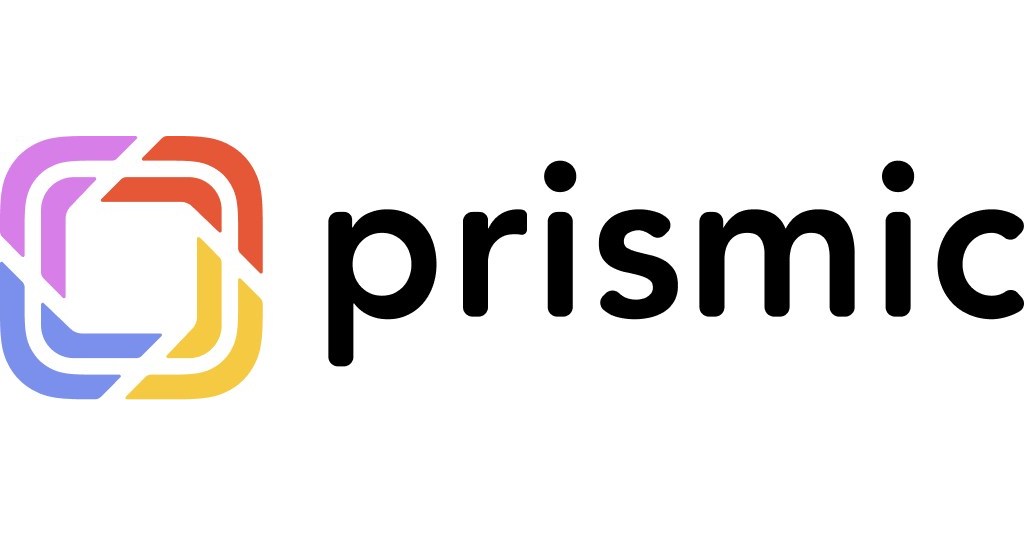
It offers a range of features and functionalities that enable marketers and content creators to effectively manage and deliver compelling content.
- Dynamic content blocks and reusable components: Prismic offers dynamic content blocks that allow marketers to create modular and reusable content components. This feature enables easy content assembly and ensures consistency across multiple pages or campaigns.
- SEO-friendly capabilities: Prismic provides features like customizable meta tags, clean URLs, and schema.org markup, enabling marketers to optimize their content for better visibility in search engine results.
- Integration with marketing automation tools: Prismic integrates seamlessly with popular marketing automation tools, such as HubSpot, Marketo, and Mailchimp. This integration enables marketers to leverage their existing marketing workflows and personalize content based on user data and segmentation.
Prismic is well-suited for a variety of use cases and industries. It is particularly beneficial for content-driven marketing campaigns where agility and content iteration are crucial. Marketers can easily create, update, and distribute content across various channels, ensuring consistency and timeliness in their marketing efforts.
Storyblok
Storyblok is a powerful headless CMS example that provides developers, marketers, and content editors with a visual editor and a range of features to effectively manage and tell their stories across various use cases.
- User-friendly interface: With Storyblok, teams can easily create and manage content for enterprise websites, eCommerce platforms, help desks, mobile apps, and screen displays. The platform offers an intuitive visual editor that allows users to build pages and customize components without the need for coding knowledge. This visual editing capability empowers marketers and content editors to have more control over the content presentation and layout.
- Modern headless architecture: developers have the freedom to build and customize the backend infrastructure while providing a seamless and self-explanatory interface for content editing. This combination of visual editing and headless architecture offers a flexible and efficient content management solution.
- A/B testing features: These features in Storyblok allow teams to experiment and optimize their content for better user engagement and conversion rates. Marketers can create multiple variations of their content and test them against each other to determine which performs better. This data-driven approach helps teams make informed decisions and continually improve their content strategy.

Storyblok’s visual editing capabilities, modern headless architecture, A/B testing features, content workflows, and customization options make it a superb choice for managing and delivering content across a wide range of use cases. Whether you’re a startup or an established enterprise, Storyblok provides the tools and flexibility to create compelling and engaging content experiences.
Bloomreach
Bloomreach is a leading headless CMS example that provides businesses with a powerful platform to deliver personalized and engaging digital experiences.
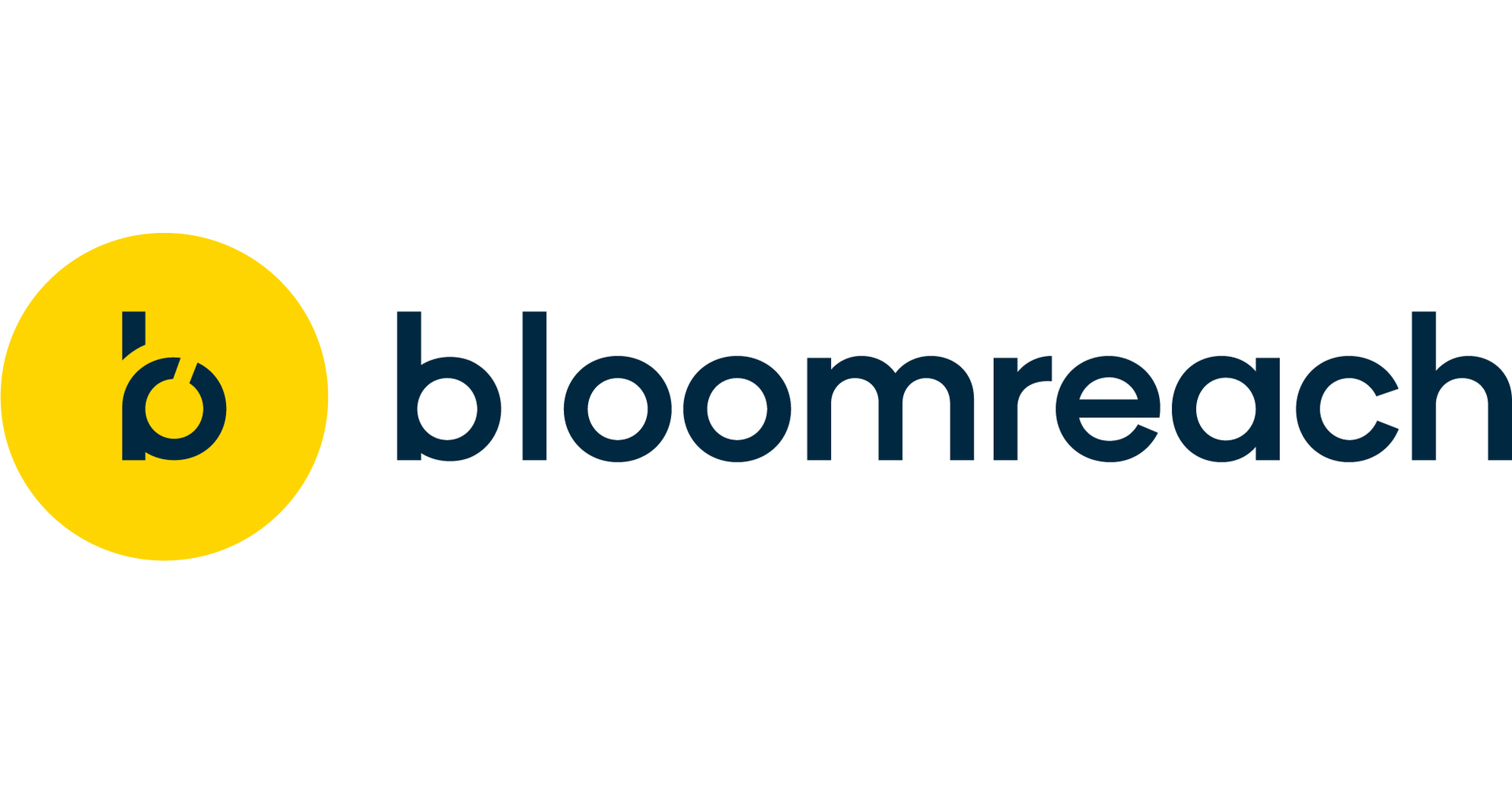
With its headless architecture and comprehensive set of features, Bloomreach enables businesses to create, manage, and optimize content across various channels and touchpoints.
- Delivering commerce-driven experiences: The platform offers a suite of solutions, including Bloomreach Experience Cloud, Bloomreach Search & Merchandising, and Bloomreach Experience Manager, that cater to the unique needs of businesses operating in the eCommerce space.
- Combining content management, personalization, and commerce capabilities into a single platform: Bloomreach Experience Cloud empowers marketers to optimize and personalize commerce and content experiences, driving conversions and enhancing customer engagement. With features such as product catalog management, pricing rules, and seamless checkout workflows, businesses can create seamless and intuitive commerce experiences that maximize revenue.
- Improving search experiences and optimizing product merchandising: Bloomreach Search & Merchandising leverages advanced search algorithms, faceted navigation, and intelligent merchandising rules to deliver relevant search results and enhance product discovery. This enables businesses to create highly engaging and conversion-focused search experiences that drive customer satisfaction and increase sales.
- Simplifying the creation, management, and publication of content across multiple channels: Bloomreach Experience Manager provides a user-friendly interface that empowers marketers and content editors to easily create and update content without technical dependencies. With Bloomreach Experience Manager, businesses can ensure consistent and compelling content experiences across websites, mobile apps, and other digital platforms.
Bloomreach is widely adopted across various industries, including retail, manufacturing, distribution, hospitality, and transportation. Its flexible and scalable solutions make it a suitable choice for businesses of all sizes, from startups to enterprise-level organizations. By leveraging Bloomreach’s headless CMS capabilities, businesses can deliver exceptional digital experiences that drive customer satisfaction, increase conversions, and boost their bottom line.
Amplience
Amplience stands out as a leading commerce and CMS platform designed specifically for enterprise and high-growth retailers and brands operating in both B2B and B2C spaces.
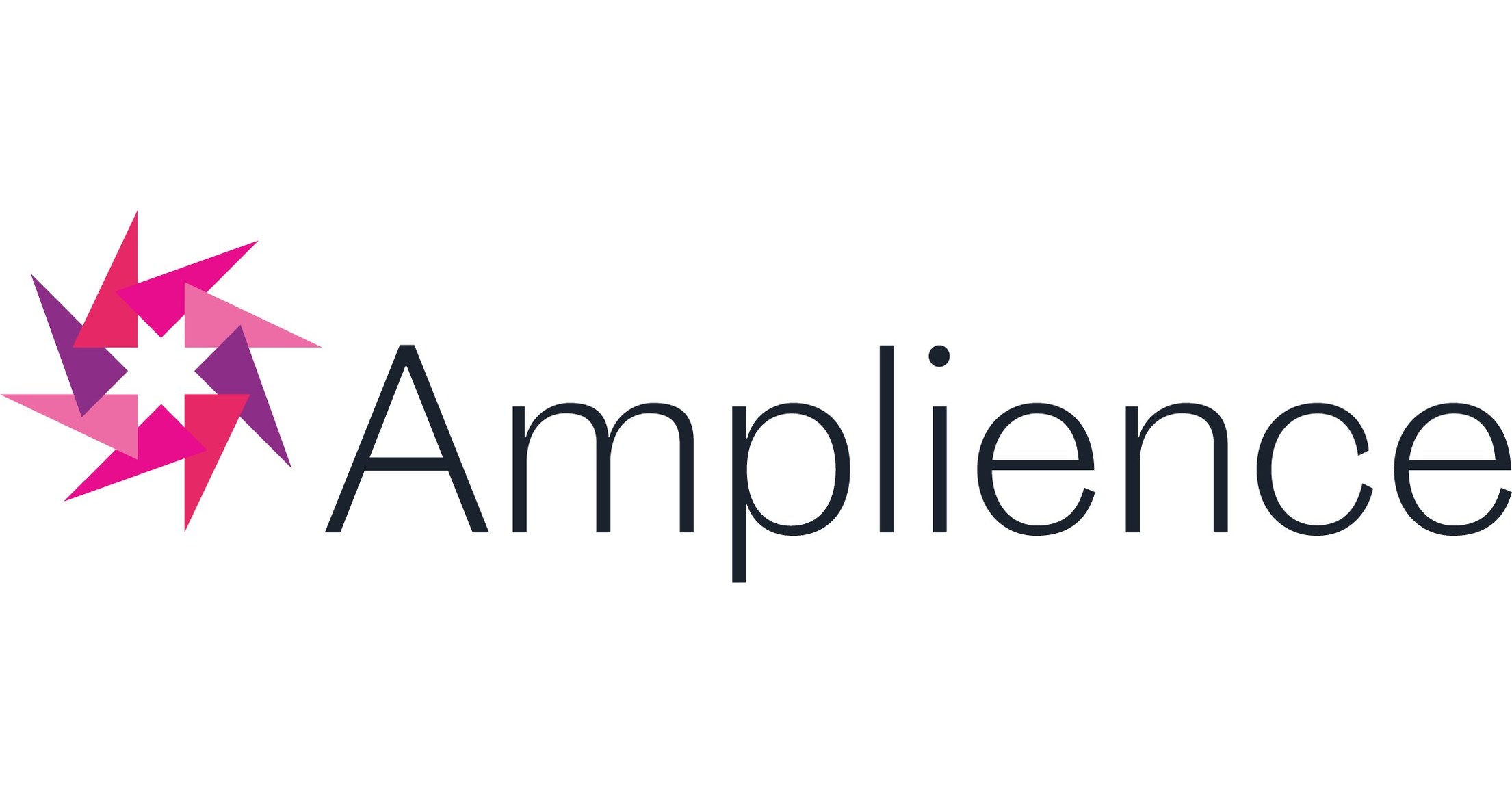
This comprehensive solution combines a centralized and collaborative user interface with modern MACH (Microservices, API-first, Cloud-native, and Headless) technologies to deliver high performance and flexibility.
- Ability to provide a single tool for managing various aspects of a business’s digital presence: With Amplience, retailers and brands can optimize not only their product page content but also their media assets and marketing campaigns. This integrated approach streamlines operations, improves efficiency, and enhances the overall customer experience.
- Centralized and collaborative user interface: This user-friendly interface enables content creators, marketers, and merchandisers to efficiently manage and deliver compelling content across multiple channels, including websites, mobile apps, and social media platforms. The collaborative nature of the platform facilitates cross-functional collaboration, empowering teams to work together in real-time and ensure a consistent brand experience.
- Flexibility and scalability: The platform’s modern MACH technologies provide businesses with the flexibility and scalability necessary to meet the demands of today’s digital landscape. Amplience follows an API-first approach, enabling seamless integration with other systems and technologies. Its microservices architecture allows businesses to easily add or update functionalities as needed, ensuring adaptability and future-proofing their digital operations.
- Organizing and delivering content: Amplience optimizes the management of product page content, media assets, and marketing campaigns. It offers robust capabilities for organizing and delivering rich media assets, such as images and videos, ensuring visually engaging experiences for customers.
While Amplience is particularly well-suited for enterprise and high-growth retailers and brands, it can also benefit smaller companies looking for an all-in-one solution. By consolidating commerce and content management within a single platform, Amplience eliminates the need for multiple tools and streamlines workflows. This not only saves time but also allows smaller companies to leverage enterprise-grade capabilities without the complexity typically associated with larger-scale solutions.
Contentstack
Contentstack is a leading headless CMS example that provides businesses with a robust platform to create, manage, and deliver content across multiple digital devices and channels.
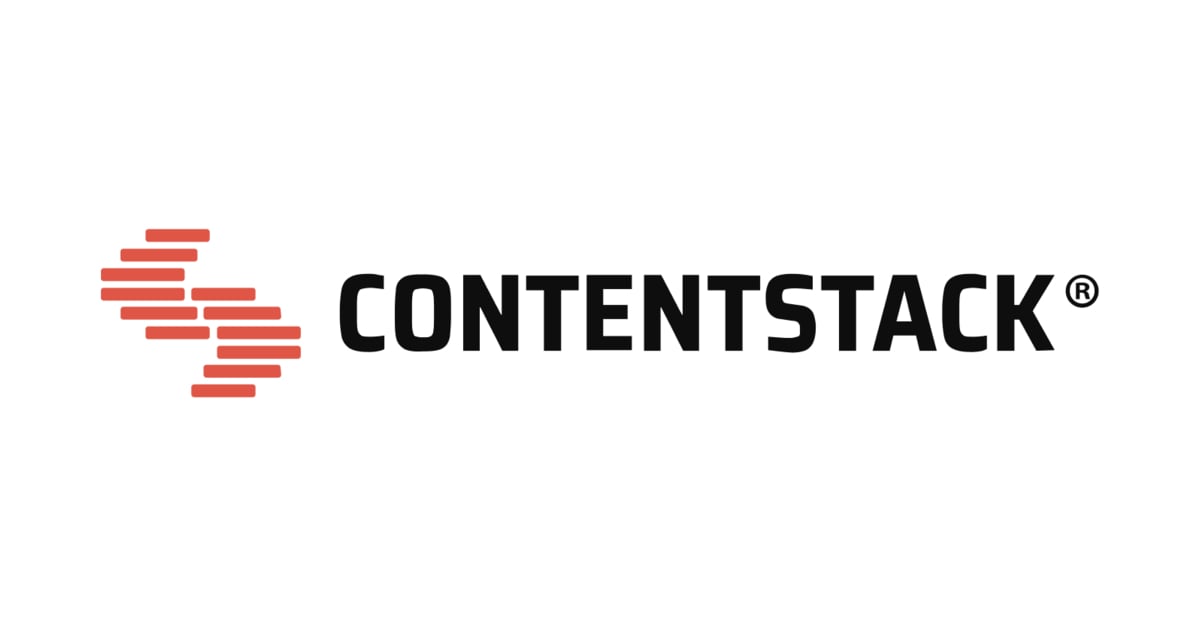
With its comprehensive set of features and RESTful APIs, Contentstack enables organizations to accelerate content personalization, optimization, and publishing workflows.
- Ability to deliver content previews: Contentstack allows content creators and editors to visualize how their content will appear across various devices and channels before publishing. This feature enhances the content creation process by providing real-time feedback and ensuring consistent user experiences across different platforms.
- Collaboration: The platform provides tools for teams to collaborate effectively, streamlining the content creation and review process. Contentstack enables multiple users to work simultaneously on content updates, facilitating efficient collaboration between content creators, editors, and other stakeholders.
- Asset management capabilities: These features simplify the organization and management of digital assets such as images, videos, and documents. With intuitive asset libraries, businesses can easily upload, store, and retrieve assets for use across their digital channels. This feature ensures centralized asset control and enables efficient reuse of digital assets, saving time and effort for content creators.
- Workflow management: This is an integral part of Contentstack, allowing organizations to define and automate content approval processes. By establishing clear workflows, businesses can ensure content goes through the necessary review and approval stages before publication. This feature enhances content governance and enables organizations to maintain quality control over their content.
- Versioning: Contentstack allows businesses to keep track of content revisions and maintain a history of changes. Contentstack enables users to compare different versions of content, revert to previous versions if needed, and have a clear audit trail of content updates. This feature enhances content governance, simplifies content management, and provides a reliable backup system.
- Integration: Contentstack offers turnkey integrations with popular platforms such as Salesforce, Eloqua, Marketo, and various third-party applications. These integrations enable businesses to seamlessly connect their CMS with their existing marketing and customer relationship management systems, enhancing data synchronization and streamlining content distribution processes.
Contentstack is particularly well-suited for larger websites that require omnichannel support. Its headless architecture allows businesses to deliver content seamlessly across various devices and platforms, ensuring a consistent user experience. Additionally, Contentstack provides the flexibility to customize designs and layouts, making it a suitable choice for organizations with unique branding and design requirements.
Magnolia
Magnolia CMS is an open-source headless CMS that offers a wide range of features to enable organizations to deliver highly personalized content experiences.

With its emphasis on hyper-personalization, digital asset management, campaign management, and marketer-friendly interfaces, Magnolia CMS is a powerful tool for mid-market and large enterprises.
- Ability to facilitate hyper-personalization of content: The platform provides advanced targeting and segmentation capabilities, allowing businesses to deliver personalized content experiences to their audiences. With features such as dynamic content rendering and personalized recommendations, Magnolia CMS empowers organizations to deliver tailored content that resonates with individual users, enhancing engagement and conversion rates.
- Digital asset management: The platform offers robust tools for organizing, managing, and delivering digital assets such as images, videos, and documents. Businesses can easily upload, tag, and categorize assets, ensuring they are readily accessible for content creation and distribution. With a centralized asset library, Magnolia CMS simplifies asset management and streamlines the process of using digital assets across multiple channels.
- Campaign management: Magnolia CMS provides features to facilitate effective campaign planning, execution, and tracking. The platform offers campaign management tools that allow marketers to create, launch, and monitor marketing campaigns seamlessly. From defining campaign goals and target audiences to tracking campaign performance and analyzing results, Magnolia CMS enables marketers to optimize their campaign strategies and drive measurable business outcomes.
- User-friendly and marketer-friendly: Marketers and content creators can work within intuitive interfaces that allow them to manage content, create campaigns, and perform other tasks without the need for extensive technical knowledge or coding skills. This low-code approach empowers interdisciplinary teams with diverse roles to collaborate efficiently and contribute to the content creation and management process.
The platform is particularly well-suited for complex websites that require support for multiple languages. With support for dozens of languages, Magnolia CMS enables businesses to deliver localized content experiences to their global audiences. This feature is especially beneficial for organizations operating in international markets or serving diverse language-speaking customer bases.
LexasCMS
LexasCMS is a cutting-edge headless CMS example designed specifically for eCommerce businesses.

With a strong focus on providing tools for content personalization, visual previews, and scheduled content changes, LexasCMS offers a comprehensive solution to enhance the eCommerce experience.
- Extensive eCommerce integrations: The platform offers direct integrations with popular eCommerce platforms, enabling businesses to seamlessly connect their CMS with their online stores. This integration ensures smooth data synchronization between the CMS and the eCommerce platform, allowing for streamlined management of product catalogs, inventory, and orders.
- Content personalization: The platform allows businesses to create personalized content experiences for their customers based on their preferences, behavior, and purchase history. With advanced targeting and segmentation capabilities, businesses can deliver tailored recommendations and promotions to individual users, increasing engagement and driving conversions.
- Visual previews: Content authors can see how their content will appear on the front end before publishing, allowing them to make real-time adjustments and ensure a consistent and visually appealing user experience. This feature streamlines the content creation process and reduces the need for back-and-forth iterations between content creators and developers.
- Scheduled content changes: The platform allows businesses to schedule content updates and changes in advance, ensuring that content goes live at the desired time. This feature is particularly useful for time-sensitive promotions, seasonal campaigns, or scheduled product releases. With scheduled content changes, businesses can maintain a well-planned content strategy and optimize content delivery to maximize its impact.
- Flexible content delivery: This flexibility enables developers to choose the API that best suits their needs and seamlessly deliver data to the front end. Whether leveraging the power of GraphQL for efficient data querying or utilizing REST API for more traditional data retrieval, LexasCMS ensures a smooth and reliable content delivery process.
With its focus on personalization, integrations, and content management, LexasCMS provides the tools and capabilities necessary for businesses to create compelling and effective eCommerce experiences.
How to Choose the Most Suitable Headless CMS Option for Your Business
Choosing the most suitable headless CMS option for your business requires careful consideration of your business scale and models, as well as the specific requirements and challenges associated with each. Whether you’re a small business, medium-sized enterprise, large corporation, or an international business, understanding your business scale and models will help you make an informed decision when selecting a headless CMS.
Regarding Business Scales
Small Businesses
For small businesses, simplicity, affordability, and ease of use are often crucial factors. Look for a headless CMS that offers a user-friendly interface, intuitive content management capabilities, and affordable pricing plans tailored to small-scale operations.

Consider options that provide scalability to accommodate future growth, allowing your business to easily expand its online presence without facing limitations.
Medium-sized Businesses
Medium-sized businesses often require more advanced features and customization options compared to small businesses. When evaluating headless CMS options, prioritize flexibility, scalability, and robust content management capabilities. Look for CMS platforms that offer integration with third-party tools, customizable workflows, and advanced user roles and permissions. Consider CMS options aligning with your growth trajectory, enabling your business to scale while managing content across multiple channels.
Big Businesses
For big businesses, scalability, security, and enterprise-level features are paramount. Look for headless CMS platforms that can handle large amounts of content, support complex workflows, and provide advanced security measures. Prioritize options that offer high-performance architecture, multi-site management capabilities, and extensive integration possibilities with existing enterprise systems. These CMS options should empower your business to deliver personalized experiences at scale and effectively manage content across various departments and locations.
International Businesses
International businesses face the challenge of managing content across multiple regions, languages, and cultural contexts. Look for a headless CMS example that offers robust localization and multi-language support, enabling you to easily create and manage content tailored to different markets. Consider CMS platforms that provide translation management features, flexible content modeling, and seamless integration with translation services. International businesses should also prioritize options that offer strong support for global SEO and content delivery across different regions.
Regarding Business Models
B2C Businesses
B2C businesses need a headless CMS that prioritizes customer engagement and personalized experiences. Look for CMS platforms that offer advanced content personalization capabilities, customer segmentation features, and support for omnichannel delivery. Consider options that provide marketing automation integrations, AI-driven recommendations, and powerful analytics tools to optimize customer journeys and drive conversions.
B2B Businesses
B2B businesses require a headless CMS example that supports complex workflows, multi-user collaboration, and integration with CRM and ERP systems.
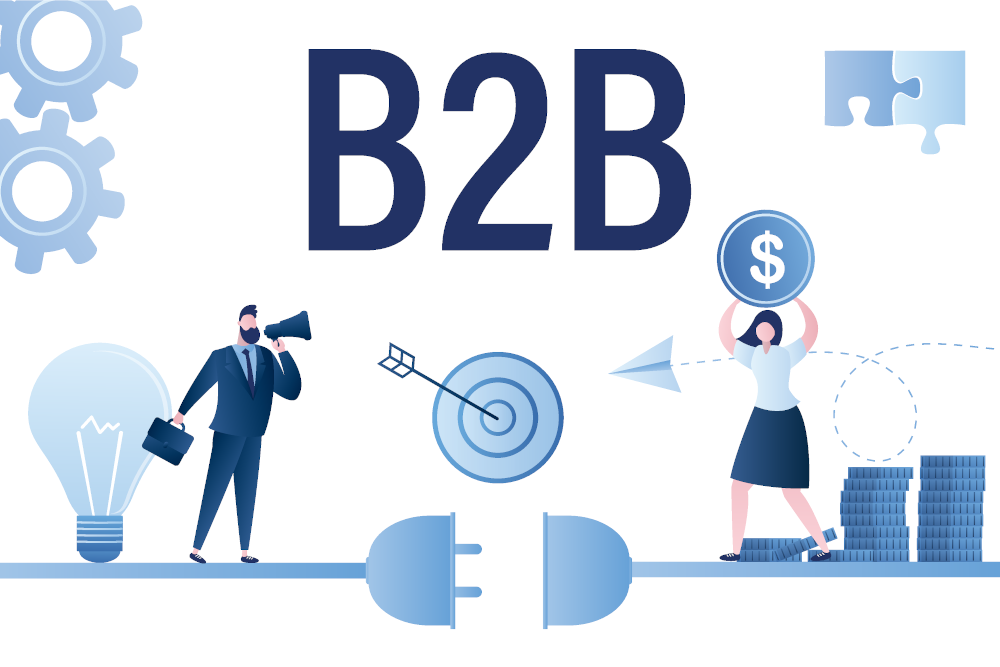
Look for CMS platforms that offer advanced user roles and permissions, workflow management features, and seamless integration capabilities. Prioritize options that enable efficient content creation, collaboration, and delivery across different touchpoints, facilitating smooth B2B interactions.
B2B2C Businesses
For businesses operating in the B2B2C model, the headless CMS example should cater to the needs of both businesses and end consumers. Look for CMS options that provide features for managing partner channels, personalized marketing campaigns, and content delivery across different customer touchpoints. Consider options that support content management and personalization strategies aligning with both B2B and B2C requirements. The CMS should empower your business to deliver seamless experiences for all stakeholders involved.
How Headless CMS Separates Content Management from Content Presentation
Headless CMS separates content management from a content presentation by decoupling the back-end content management capabilities from the front-end presentation layer. In a traditional CMS, the content management system is tightly coupled with the website or application’s front end, dictating how the content is structured, displayed, and delivered to users.
In a headless CMS architecture, the content management system is designed to focus solely on content creation, organization, and storage, while leaving the presentation and delivery of that content to be handled separately by front-end applications or websites. This separation allows for greater flexibility, scalability, and the ability to deliver content to multiple channels and devices.
Here’s how headless CMS achieves the separation:
- Content Creation and Management: The headless CMS provides a user-friendly interface for content authors and editors to create and manage content. This includes features such as creating content structures, defining custom fields, organizing content into categories or taxonomies, and managing media assets. The content is stored in a structured format, often using a database or API.
- Content APIs: The headless CMS exposes content through APIs (Application Programming Interfaces) that allow developers to retrieve, update, and delete content programmatically. These APIs can be RESTful APIs, GraphQL APIs, or both, depending on the capabilities of the CMS. The APIs provide access to the raw content and its associated metadata, without any assumptions about how the content will be presented.
- Front-End Presentation: The front-end application or website retrieves content from the headless CMS using the provided APIs. Developers have the freedom to design and build the front end using any technology stack or framework they prefer, such as React, Angular, or Vue.js. They can consume the content from the CMS API and use it to populate templates or components, which control how the content is rendered and displayed to end-users.
- Multiple Channels and Devices: Since the content and presentation are decoupled, the same content can be delivered to multiple channels and devices, such as websites, mobile apps, digital signage, or IoT devices. The headless CMS serves as a single source of truth for content, ensuring consistency across different channels and allowing content to be easily repurposed and reused.
In conclusion
The headless CMS example discussed in this article has showcased the potential of headless CMS in transforming how content is managed, personalized, and delivered. By embracing the power of headless CMS, businesses can stay ahead of the curve, adapt to changing market demands, and provide immersive, engaging, and consistent experiences to their audience.
So, take a leap into the future of content management and explore the possibilities that headless CMS offers. Discover the right platform for your business, unlock its full potential, and embark on a journey of enhanced flexibility, scalability, and innovation. The world of headless CMS is waiting for you to shape the future of content management.



